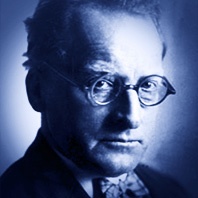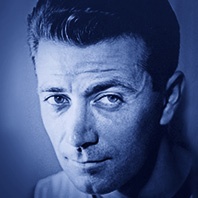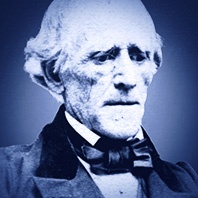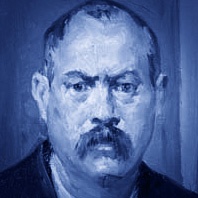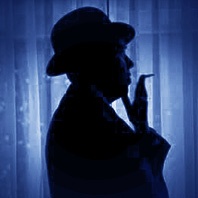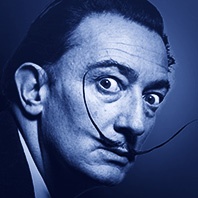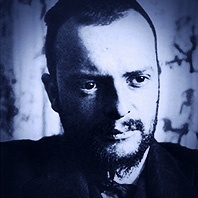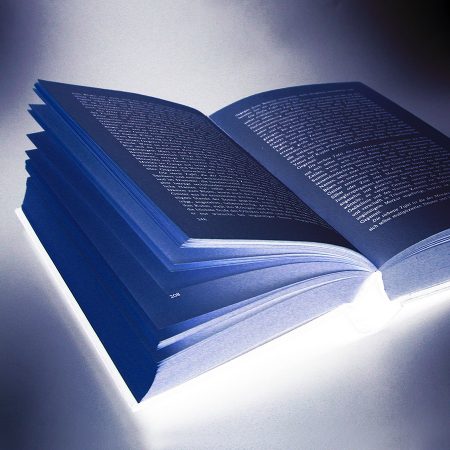Tag:
Painting
Richard Riemerschmid (1868–1957) was a German artist and architect and a major figure in Jugendstil (German form of Art Nouveau). Further, he worked in arts and handcrafts and created furniture, fabrics, wall paper, and dishes, and was the co-founder of the German Association of Craftsmen – an association of artists, architects and business men.
Read more
Frank Frazetta (1928–2010) was an American fantasy and science fiction illustrator and belongs to one of the greatest artists of this genre. With his distinctive style, he was as a great example to an entire generation of artists. His work continues to receive high appreciation, down to the present day.
He began with illustrations of covers for comics and books in the 60’s began (i.e. »Conan the Barbarian« or »Tarzan«), designed movie posters (i.e. »What’s New Pussycat?« or »The Fearless Vampire Killers«) and album covers. In addition, he created a lot of free art work.
Read more
Inspired by his trip to the coast of Maine, USA, the American artist and lithographer Fitz Hugh Lane (1804–1865) – aka Fitz Henry Lane – created the full moon painting »Fishing Party«, in 1855. He was a representative of the American luminism, a painting style characterized by a specific form of light-flooded landscapes in the 19th century (lumen = lat. light).
Read more
The German painter Lovis Corinth (1858–1925) is considered one of the most important representatives of German Impressionism, in his late work also Expressionism. In 1919, his wife built a house for him at the Lake Walchen, south of Munich in the Bavarian Alps. The following years, he spent a lot of time there and derived his inspiration from the landscape and lighting atmosphere for numerous paintings, which often show Lake Walchen.
Read more
»The Woman of the Apocalypse« is a depiction of a Virgin Mary that is surrounded by sunrays (hence she is also called sun-crowned Madonna), and shows a moon crescent underneath her feet. Quite often stars can also be seen around her head. This portrait goes back to the biblical text »The Woman and the Dragon« in the Revelation of John, chapter 12. This describes the fight of heaven against the red dragon that embodies the evil in the world.
Read more
The Belgium painter René Magritte (1898–1967) was next to Salvador Dalí, one of the most influential painters of surrealism. This denotes a style in art (and in other areas), which has tried to use dreamlike, fantastical and absurd elements as techniques of expression for a new superior reality, since the 1920s.
Read more
The Spanish artist Salvador Dalí (1904–1989) was the most important advocate of surrealism in paintings. His pictures show fantastic and dreamlike scenes, which remain in your memory due to their expression and originality. We also asked ourselves, whether we would be able to discover the Moon in Dalí as well, just like in other paintings (e.g. by Marc Chagal, Paul Klee, Caspar David Friedrich, William Turner, Adam Elsheimer or Petrus van Schendel)? And after a little bit of searching, we managed to find something.
Read more
There are probably few painters who made use of the full moon in their paintings as often as Marc Chagall (1887–1985), the French artist of Russian-Jewish descent, who was regarded as »le poète« (the poet) amongst painters, due to his symbolic shapes and colors.
Chagall lived for almost a century and if one can classify his style at all, then it would have to be expressionism. He worked in Russia, France (primarily Paris) and in the US (primarily New York) and was on an inner and outer journey throughout his life.
Read more
We had already told you about the paintings of romanticism by German painters Caspar David Friedrich (1774–1840) and Philipp Otto Runge (1777–1810). And also the English painter William Turner (1775–1851) had the moonlight in his mind. Here we are looking at the next generation and find the Dutch-Belgian artist Petrus van Schendel (1806–1870), whose speciality were the nightly moonlight sceneries. What distinguished him from his predecessors and colleagues, was that it were precisely those depictions of nightlight, which brought him fame and not an insignificant financial success (which was not a given for many painters).
Read more
Paul Klee (1879–1940) was a German painter and graphic artist, one of the biggest names of the Classic Modern Era, being the time at the beginning and first half of the 20th century, which was expressed in so many different styles and is nowadays regarded as avant-garde of that time. Paul Klee created cubistic, expressionistic and surrealistic paintings. The names of his friends read like the »who’s who« in the art scene: August Macke, Wassily Kandinsky, Franz Marc, Walter Gropius, Robert Delaunay, Lyonel Feininger, Alexej von Jawlensky, Pablo Picasso …
Read more
